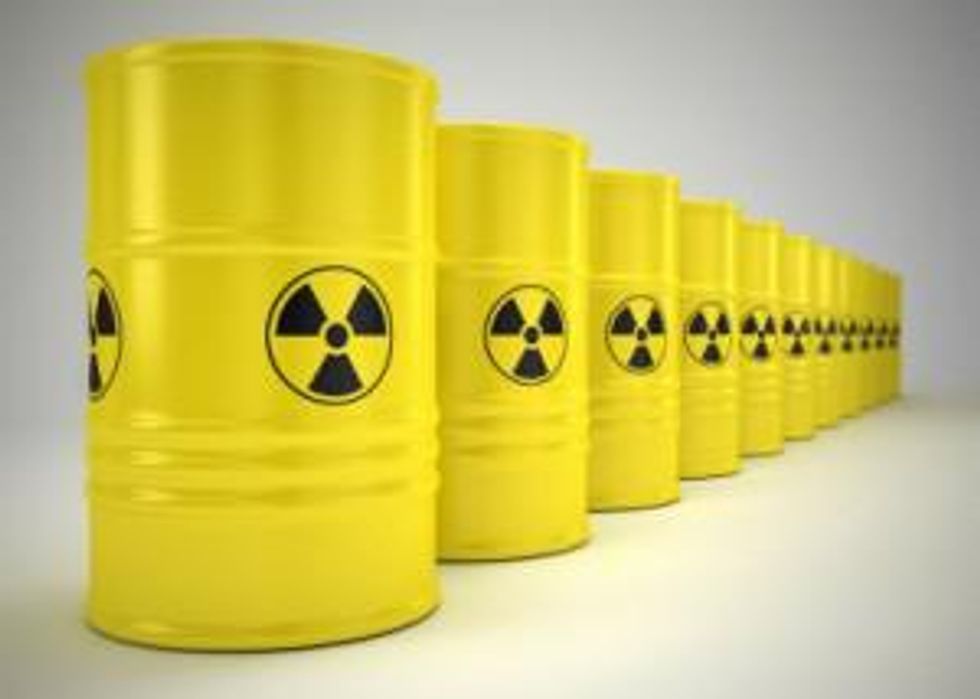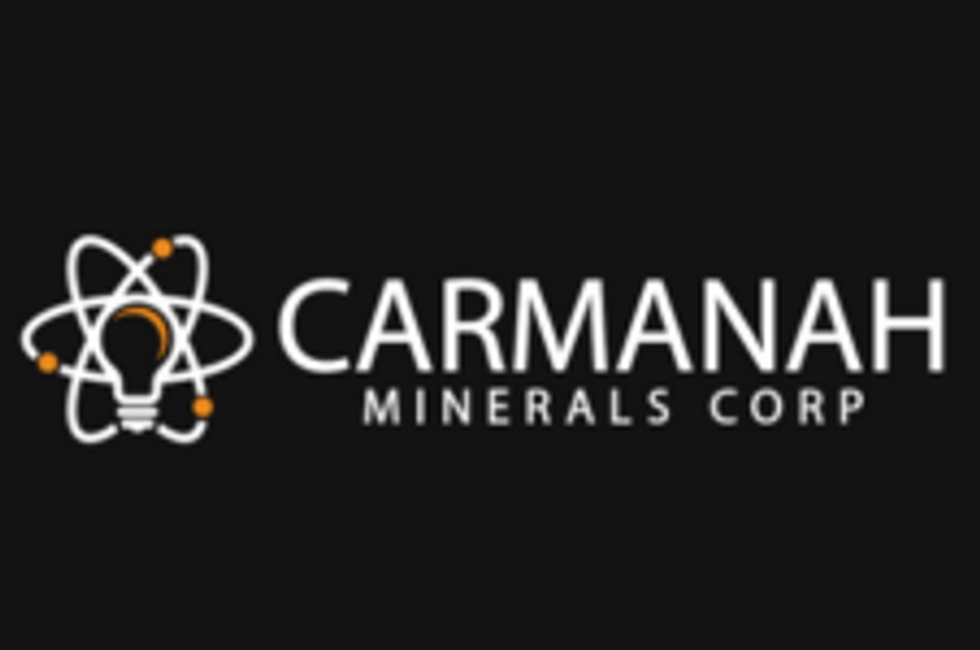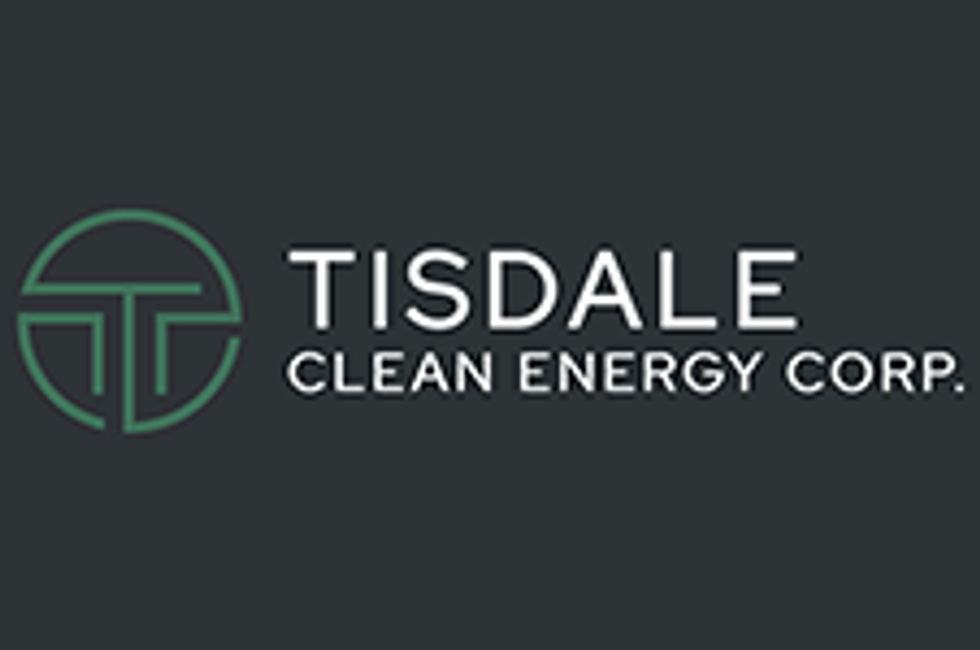- AustraliaNorth AmericaWorld
Investing News NetworkYour trusted source for investing success
- Lithium Outlook
- Oil and Gas Outlook
- Gold Outlook Report
- Uranium Outlook
- Rare Earths Outlook
- All Outlook Reports
- Top Generative AI Stocks
- Top EV Stocks
- Biggest AI Companies
- Biggest Blockchain Stocks
- Biggest Cryptocurrency-mining Stocks
- Biggest Cybersecurity Companies
- Biggest Robotics Companies
- Biggest Social Media Companies
- Biggest Technology ETFs
- Artificial Intellgience ETFs
- Robotics ETFs
- Canadian Cryptocurrency ETFs
- Artificial Intelligence Outlook
- EV Outlook
- Cleantech Outlook
- Crypto Outlook
- Tech Outlook
- All Market Outlook Reports
- Cannabis Weekly Round-Up
- Top Alzheimer's Treatment Stocks
- Top Biotech Stocks
- Top Plant-based Food Stocks
- Biggest Cannabis Stocks
- Biggest Pharma Stocks
- Longevity Stocks to Watch
- Psychedelics Stocks to Watch
- Top Cobalt Stocks
- Small Biotech ETFs to Watch
- Top Life Science ETFs
- Biggest Pharmaceutical ETFs
- Life Science Outlook
- Biotech Outlook
- Cannabis Outlook
- Pharma Outlook
- Psychedelics Outlook
- All Market Outlook Reports
Analysts believe stabilized spot prices may lure utilities back into the uranium market this month.
The uranium spot price remains stable, trading at $42.25 per pound U3O8 for the third consecutive week, according to industry consulting firm TradeTech. “Current demand is highly discretionary with several buyers watching activity closely and evaluating possible entry into the market,” reported the firm. “Although buying interest has been light, sellers are not aggressively pursuing sales and have shown little willingness to drop prices in order to attract buyers.”
Ux Consulting, which has kept its weekly spot price at $42.25 per pound U3O8 for five consecutive weeks, noted that this is “the longest time period that the weekly indicator has been unchanged since the summer of 2008,” reported Platts. Ux analysts believe the “stabilized price level” may lure utilities back into the market this month despite the fact that April is seasonally slow.
Toro Energy’s (ASX:TOE) US$281-million Wiluna uranium project has received approval from Australia’s environment minister, Tony Burke, reported AFP. The first uranium mine in Western Australia, the project is comprised of two open pits and a processing plant. Wiluna has an expected mine life of 14 years with an anticipated annual production of about 780 metric tons (MT) U3O8. Toro’s goal is to put the mine into production by 2015, but the company is looking for a joint venture partner, according to International Business Times.
In Canada, Quebec’s government has temporarily halted uranium development in the province and plans to hold a public hearing on the uranium sector, CBC News reported. The move puts the brakes on Strateco Resources’ (TSX:RSC) Matoush uranium project, the most advanced in the province, and the company’s stock price has taken a huge hit following news of the moratorium, down more than 70 percent.
The news came the same week as Brad Wall, premier of Saskatchewan, called for the federal government to rethink limits on foreign ownership for uranium companies. “Let’s open it up for other companies around the world that want to expand here and create jobs,” Wall told Bloomberg. However, he stressed that foreign ownership rules should still rely on the “net benefit test,” which he employed in 2010 to block BHP Billiton’s (ASX:BHP,NYSE:BHP,LSE:BLT) $40-billion takeover bid for Potash Corporation of Saskatchewan (TSX:POT,NYSE:POT). Wall also stated that he “would like to see” Areva’s (EPA:AREVA) uranium holdings exempted from foreign ownership limits.
Japan’s Ministry of Economy, Trade and Industry estimates that nuclear power plant shutdowns are costing utilities 1.2 trillion yen (US$13 million) annually. Japan Atomic Power has suffered the most due to the shutdowns and recently secured 100 billion yen in loans from Japanese financial institutions, including the Development Bank of Japan and Mizuho Corporate Bank, according to a Power Engineering report. The company is expected to require additional financial support given that the timing of nuclear restarts is still uncertain.
The island nation’s Nuclear Regulation Authority is set to unveil new standards in July and later in the fall anticipates restarting reactors that pass safety inspections. “Securing economical and stable energy is a necessary condition for promoting the nation’s industrial competitiveness and stimulating economic recovery,” said Prime Minister Shinzo Abe at a Council on Economic and Fiscal Policy meeting last week. Attendees at the Industrial Competitiveness Council’s meeting, also last week, showed concern about stable energy supply, a shortage of which could “severely damage companies’ competitiveness,” reported the Washington Post News Service.
The news agency said sources close to the prime minister have intimated that as many as 30 of the 48 idled nuclear reactors could be reactivated in the future if the federal government can win local public support. The issue could become a key campaign plank for the upcoming House of Councillors election this summer.
Japan’s crippled nuclear power industry is also having a negative impact on the uranium enrichment industry. Urenco, the world’s second-largest nuclear fuel supplier, has said it anticipates “reduce[d] demand for [its] services” even once operations restart in Japan, according the The Times. However, the company sees market growth for enriched uranium coming from India, China, Vietnam and Indonesia and still plans to almost double its production capacity over the next two years.
Urenco is owned jointly by the UK and Dutch governments as well as two leading German utilities, RWE (ETR:RWE) and E.ON (ETR:EOAN). All four parties are now looking to sell the $15-billion company. A sale could be finalized as early as this year, sources told The Wall Street Journal. France’s Areva and Canadian miner Cameco (TSX:CCO,NYSE:CCJ) are said to be potential suitors; both companies have hired investment banks to advise on a possible transaction. Canada Pension Plan and several private-equity firms may also be considering a potential bid.
Company news
Monday, Alpha Minerals (TSXV:AMW) reported additional drill results from its delineation drill campaign at the recently discovered R780E zone on its Patterson Lake South property in the Athabasca Basin, Saskatchewan. Highlights include drill hole PLS13-060, which intersected eight radioactive intervals ranging in strength from moderate to strongly radioactive and in width from 0.5 to 41.5 meters. Four of the mineralized zones include discrete narrow intervals of off-scale (>9999 cps) radioactivity, and mineralization occurs down to 258.5 meters, the deepest mineralization encountered to date on the Patterson Lake South property. An ongoing field program including 9,000 to 10,000 meters of drilling is in progress and is expected to continue into early April.
On Wednesday, Alpha Minerals announced that it has doubled the strike length of the high-grade R390E zone at Patterson Lake South to 60 meters. The news release reports the results from four additional step-out drill targets on the R390E zone. Highlights include drill hole PLS13-066 (L420E), which intersected 64 meters of moderate to strong radioactivity (81.5 to 145.5 meters) with a total of 5.57 meters of off-scale (>9999 cps) radioactivity. The current winter drill program planned is nearly complete. An extensive follow-up drilling program for this zone is planned for summer 2013.
Tuesday, Canadian International Minerals (TSXV:CIN) acquired a 50-percent interest in eight claims totaling 34,762.177 hectares in the Patterson Lake South uranium district. The other 50 percent of the newly acquired claims are owned by Tyko Resources. This latest acquisition brings the company’s total land holdings in the Patterson Lake South region to 59,987.177 hectares of mining claims.
Also on Tuesday, European Uranium Resources (TSXV:EUU,OTCQX:EUUNF) provided progress updates on its wholly owned Kuriskova uranium deposit in Slovakia and its wholly owned Asento exploration project in Finland. In March, European Uranium was awarded a three-year exploration license for the Asento project, which covers 3,556.6 hectares. The company is planning a summer exploration program.
By the end of 2014 or the first quarter 2015, the company expects to have completed a feasibility study on the Kuriskova project. Working toward this goal, in 2012 European Uranium completed a drill program for obtaining samples for metallurgical test work. Those samples have been shipped to Areva’s laboratory facility in Bessines, France. In the first half of this year, the company has focused on metallurgical test work and environmental programs, including baseline data collection and stakeholder engagement, in order to better facilitate the permitting process.
Lakeland Resources (TSXV:LK) added to its uranium exploration portfolio in the Athabasca Basin by acquiring two uranium projects by staking in the northern region. The two projects, the Otherside property and the Riou Lake property, are comprised of 10 mineral claims totaling 45,103 hectares along the south shore of the Fond du Lac River. Lakeland will examine and compile all available historic and related mineral exploration data associated with the acquired projects in anticipation of an exploration work program.
Securities Disclosure: I, Melissa Pistilli, hold no direct investment interest in any company mentioned in this article.
Related reading:
Uranium’s Comeback Year Hasn’t Jumped the Track Yet
Emerging Uranium District in Saskatchewan’s Patterson Lake Region
Outlook Reports
Featured Energy Investing Stocks
Browse Companies
MARKETS
COMMODITIES
| Commodities | |||
|---|---|---|---|
| Gold | 2381.64 | -1.21 | |
| Silver | 28.44 | +0.26 | |
| Copper | 4.37 | +0.04 | |
| Oil | 84.52 | -0.84 | |
| Heating Oil | 2.62 | -0.03 | |
| Natural Gas | 1.68 | -0.05 | |
Investing News Network websites or approved third-party tools use cookies. Please refer to the cookie policy for collected data, privacy and GDPR compliance. By continuing to browse the site, you agree to our use of cookies.






